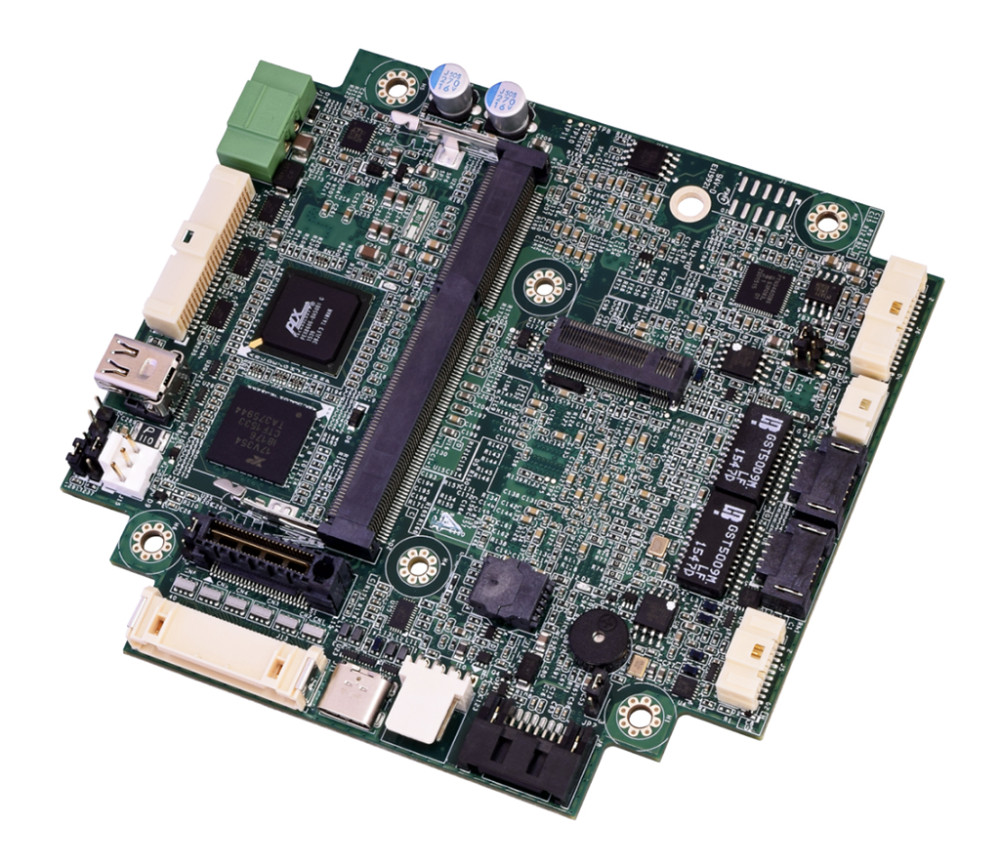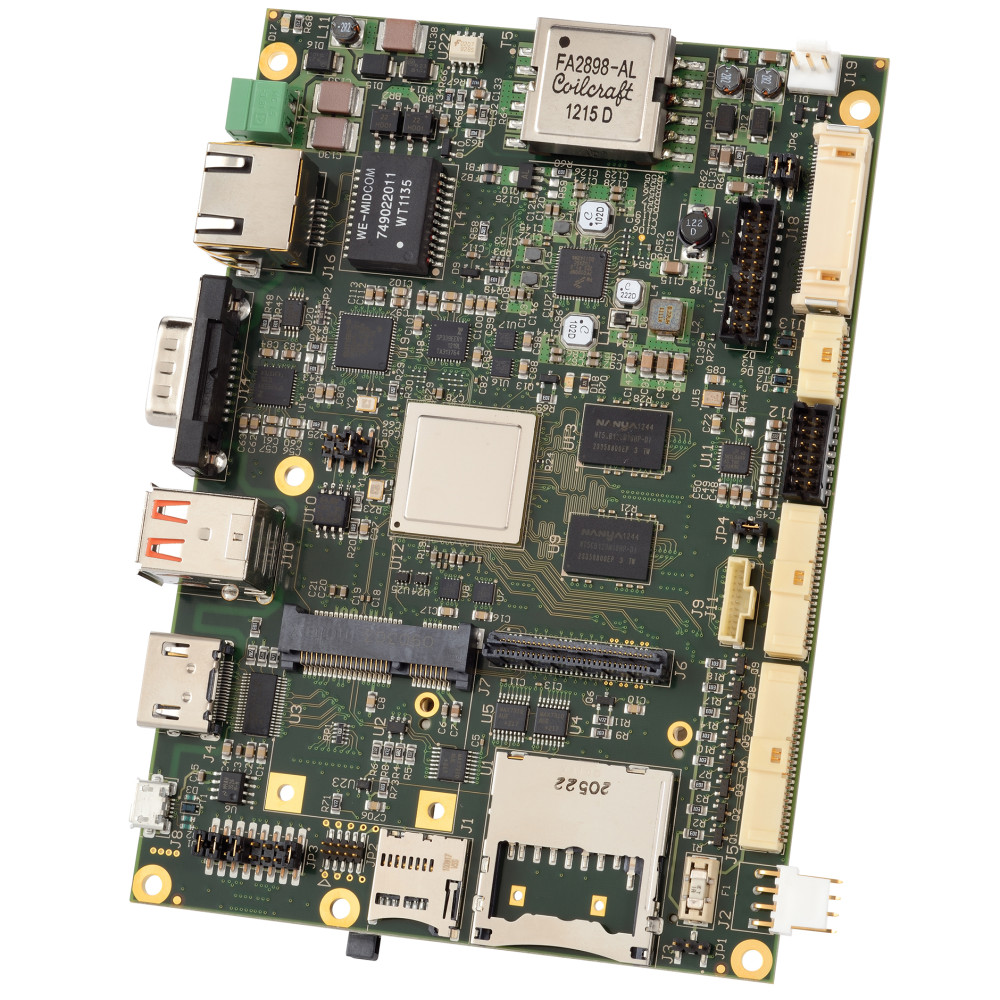Selecting the right single board computer (SBC) for your application is just that; it’s not selecting the board that the vendor thinks is best for you because he’s got extra inventory or just got a new developer that needs the work. It’s finding the board with the right peripheral mix, the right OS choices, and frankly, a vendor you’re comfortable with, among other aspects.
By integrating compute, I/O, connectivity, storage, and other requisite components, these off-the-shelf SBCs constitute the starting point for just about any industrial system design. Many SBC standards have emerged over the years that offer a host of enhancements, from decreasing component size while maximizing functionality in ever smaller form factors. At the same time, these standards provide investment protection and time-to-market advantages for these embedded hardware platforms.
Selecting the right one for your application requires an in-depth look at available options. In addition to size, bus and architectural support, and compatibility with other form factors, certain standards are better suited to environmental requirements than others. Let’s take a look at three popular SBC standard families, weighing the advantages and disadvantages of each, those being 3.5-in., ITX, and PC/104.

For those unfamiliar with the industry, a single board computer is pretty much what it sounds like, a mostly self-contained computing system that’s packaged with other necessary components, like storage, power, cooling, etc. However, there is a breadth of choices to make starting with the processor architecture. While a range of x86-based SBCs have dominated the landscape for the past 20ish years, ARM-based models and (Graphics Processing Units) (GPU) specific solutions are becoming more prevalent. Their presence is usually dictated by application needs as well as engineering familiarity.
Other factors that weigh in on the choice of an SBC include size, environmental rating, bus/architecture support, and strength/longevity of the ecosystem. The choice is an important one, as selecting the right standard from the start enables technology scaling and reuse over long application lifecycles.

Let’s start with a look at the 3.5-in. SBC class. Bear in mind that while the physical form factor of various 3.5-in. boards is the same, there may not be much else that’s “standard.” The I/O, peripherals, and bus architecture must be mapped out and reviewed thoroughly beforehand when using this class to ensure forward and backward compatibility. Also, many 3.5-in. SBCs aren’t rated for commercial (or industrial) applications due to their shock/vibe/temperature specifications.
Here, there is generally a robust choice of ARM- or x86-based models to choose from, including WinSystems’ SBC35-C398Q quad-core SBC that’s based on an NXP i.MX 6Q microprocessor. It combines high-performance multimedia graphics with a rich mix of industrial I/O. It can operate from -40° to +85°C without the need for active cooling. On the x86 side, WinSystems offers its SBC35-C427, an SBC that’s built with Intel’s Apollo Lake-I E3900 series processor. The board boasts a combination of off-the-shelf functionality with multiple expansion and configuration options.
The ITX SBC standard has its origins in commercial products like set-top boxes. This could make temperature ratings a key factor, depending on the application. Note that most modern ITX variants don’t support older buses like PCI or ISA, which can be problematic in environments with a mix of new and legacy equipment.
Options for ITX can range from small to large, taking in the Pico-ITX, Nano-ITX, and Femto-ITX form factors. One example is the WinSystems’ ITX-N-3900, a NANO-ITX SBC based on Intel’s Atom E3900 Apollo Lake processor family. It uses less than 12 W for fanless applications and operates in the industrial temperature range (-40º to +85ºC). It supports Linux, Windows, and other x86-compatible RTOSs.
Finally, there’s the PC/104 family of SBCs. While PC/104 itself is somewhat rigid, this deficiency, if you can call it that, can be remedied by some of the “migrated” standards, like PC/104-Plus or PCIe/104. PC/104 also offers a scalable migration path in terms of interconnect technologies, as it supports ISA/PCI, as well as Ethernet and PCIe. This helps in transitioning legacy environments to IoT applications.
An example of this migration can be seen in WinSystems’ PCM-C418, PPM-C407, PX1-C415 SBCs. The first is a PC/104 form factor featuring small size, low power, a rugged design, and an extended temperature range. The second, in a PC/104-Plus form factor, adds some flexibility by featuring a low-power single-core processor or higher performing dual- or quad-core solution, all from Intel’s E3800 family of Atom microprocessors. Finally, the PX1-C415 SBC offers PCIe/104 OneBank expansion, featuring the Atom E3900 series of processors.
While there are obviously varying degrees of standardization, the further you stray, the more difficult it is to make changes later. A desired expansion card or module may or make not operate properly if you bend the rules, even slightly in some cases. Experienced engineers know that it’s the application that must dictate the proper path. Questions? Contact us.
